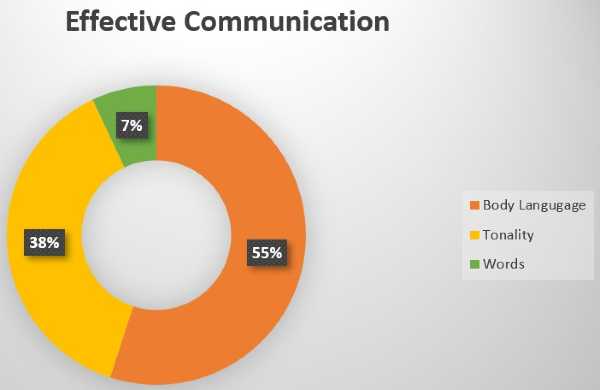5 ways to improve internal communication in organization
In our previous article, we discussed why transparency and consistency are key to internal communication. Corporate communication is a broad term and it could mean anything under the roof. In a crux, good communication strategy enhances workplace productivity and brings down the office drama, leaving little to no room for misunderstandings. Take five of these steps that will help in improving workplace communication.
Choose the right medium for disseminating a message
There are different mediums of internal communication that can be used within a firm. E-mail, social intranet, in-person, instant messaging or a phone call,- all omnichannel can be used as a part of effective communication strategy. But here’s a catch. Organizations must know which medium to use when. Congratulating an employee for a child’s birth in a flat-toned email doesn’t go down well. Similarly, discussing key account progress or updates in a coffee break with a subordinate doesn’t seem suitable. Therefore there should be a perfect match between a message and the medium.
At the same time, an excellent communication strategy can be derived through three key elements of neuro-linguistic programming (NLP), which is explained below-

It is evident hence that it is the body language and other non-verbal elements and gestures of communication, such as clothing, facial expressions, eye contact, appropriate smiling, resting arms to the side instead of crossing over chest to appear defensive, that play a major role. This is followed by the ‘how’ part. The tonality of a message is an essential aspect of communication with any prospect. Unsurprisingly, words just form a 7% of successful communication.
Set up one-on-one on regular basis
Not all employees within a firm are as comfortable in voicing out their concerns or opinions or suggestions as others. Having weekly or monthly 1:1s helps employees in learning more about organization and not be in Dutch. 1:1s are an excellent way of building trust and enhancing corporate communication, while also keeping individual employees engaged and retained.
Additionally, this is an ideal way to share employees’ concern about projects and air their concerns regarding issues. Manager communicating with employees 1:1 enables transparency and sharing importance of a project. When employees know exactly why they’re doing what they’re doing, they’ll do their job with better understanding.
Have a company handbook
When an employee joins a company, they’re pretty much clueless about the organization’s work culture. New employees must not be left in a puddle to decipher the hierarchy, the way things work and how an organization functions. This should be an essential part of onboarding and orientation within a firm. Company handbook or culture book is a ready reference of elements such as-
- Company terms or common industry jargons.
- Company communication rules/ protocol like when to email, drop by or call, company policies, process to mediate conflict if any, employee perks and benefits, information on finding necessary documents, and guidance around giving/receiving feedback from peers and leaders.
Having all rules/ regulation/ ideas/ ways to reach out in case of conflict helps in removing all possible ambiguities and ensures transparency and accountability. Employees are pre-prepared to nip the problem in the bud and handle situations better.
Regularize team building activities
Communication objectives within an organization shouldn’t be restricted to business communication. Any firm with a successful communication strategy must introduce the fun element which doesn’t appear “forced”.
Having trivia challenges, out-of-office retreats, company events with employees participation, supporting a social cause, tournament for board games, and role switch where an employee of one department goes on to help the one in a completely different one in a month, could be some ideas to float. Internal communication need not be dependent on a singular activity, but should be a by-product of leadership commitment and company’s strong values.
Inspire; do not just inform
Employees will never believe in an idea or the thought of a leader unless they perceive the message with conviction and inspiration. Information exchange is a part of corporate communication, but when there’s a strong mix of inspiration and information, it leaves no room for a devil’s advocate. The role of mentors, coaches or managers becomes significant in this scenario. When managers communicate with employees to inspire them and not just educate them, it creates employee engagement and makes them feel valued.
Effective internal communication isn’t a one-night job. It’s a continuous process that requires effort and appropriate mix of communication elements and channels. A strong communication strategy can build an even stronger foundation of an organization.




